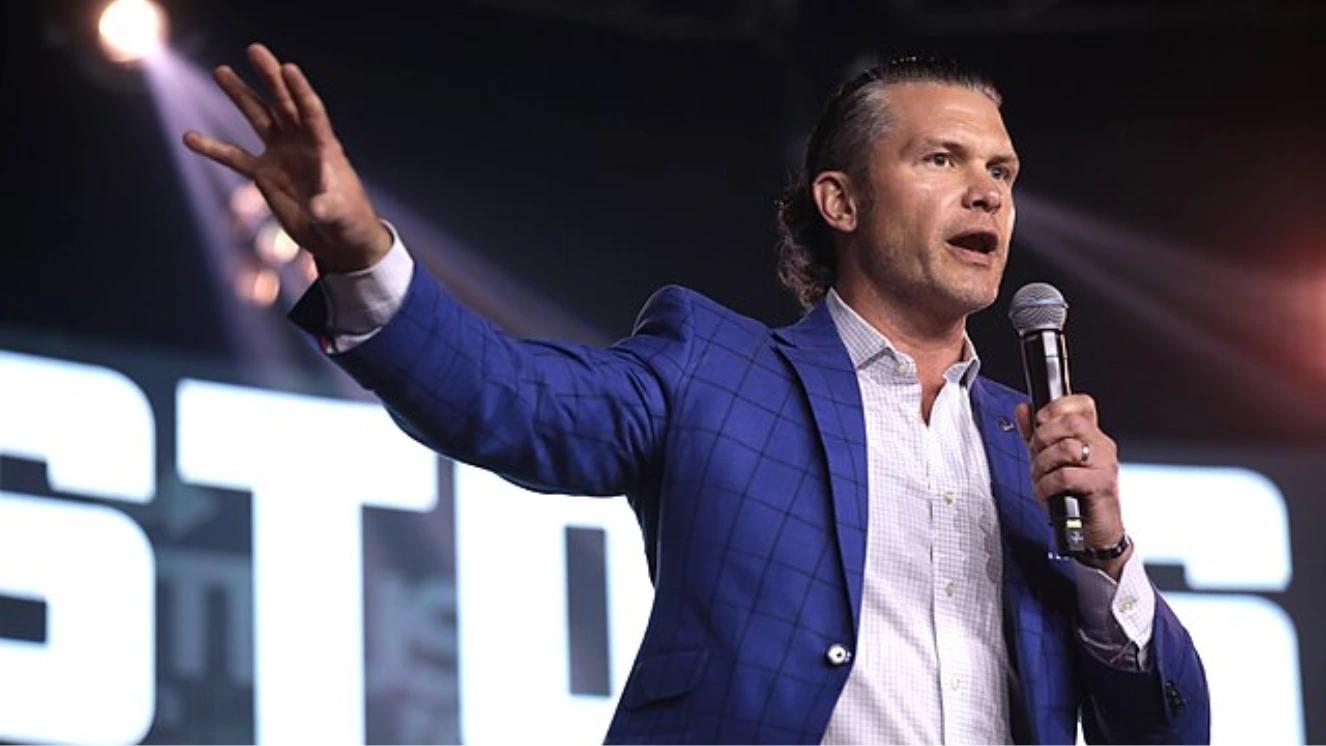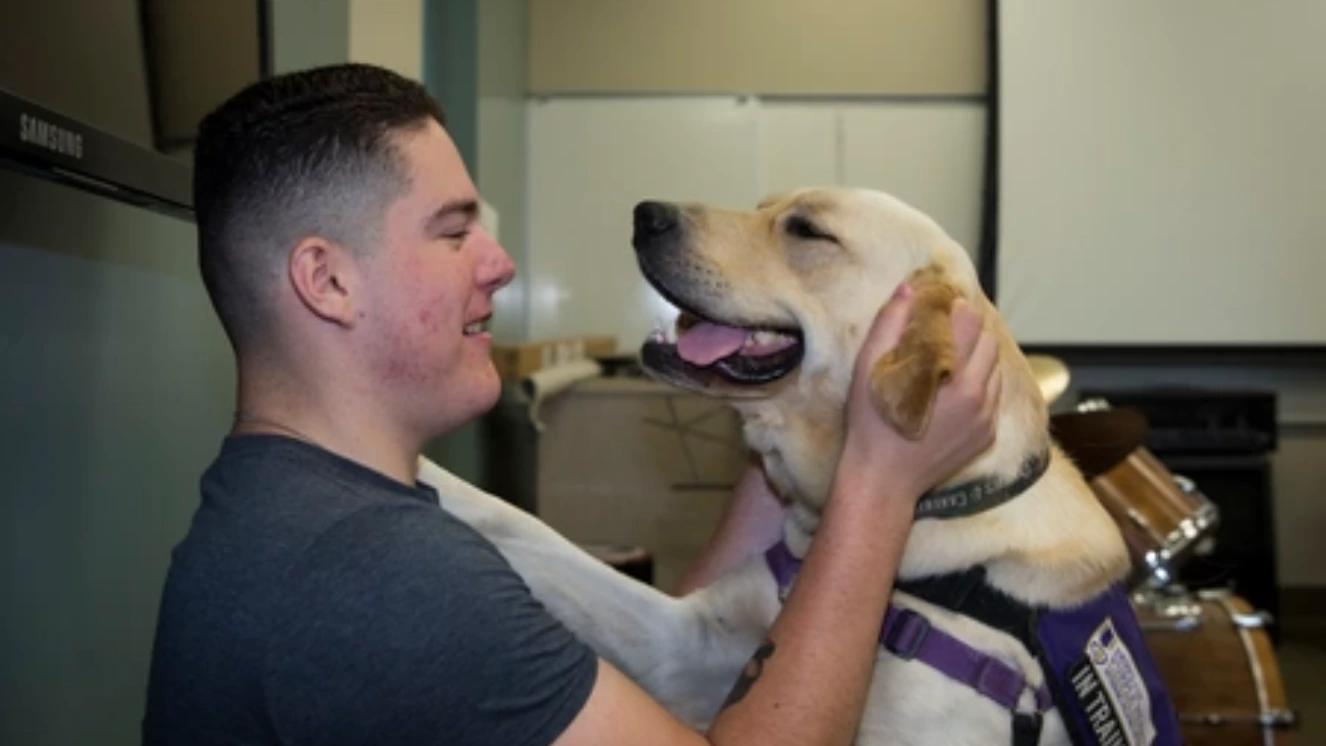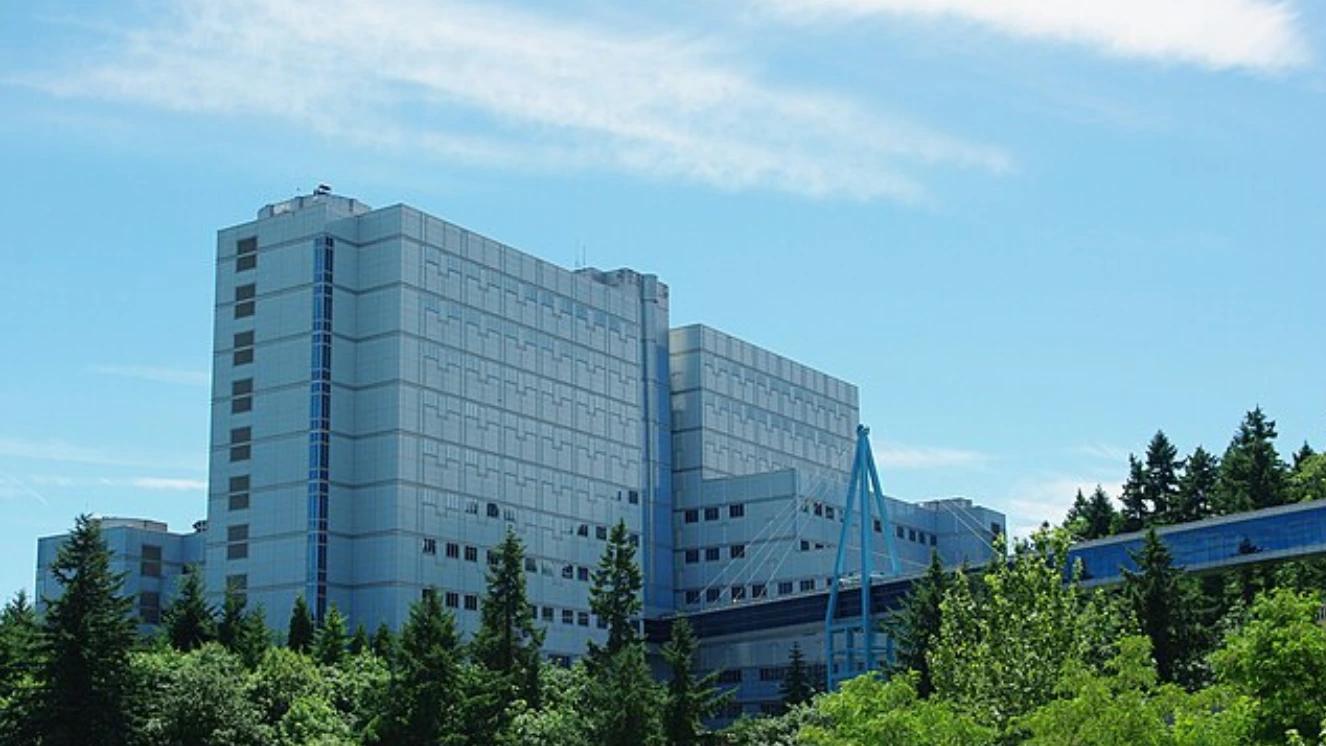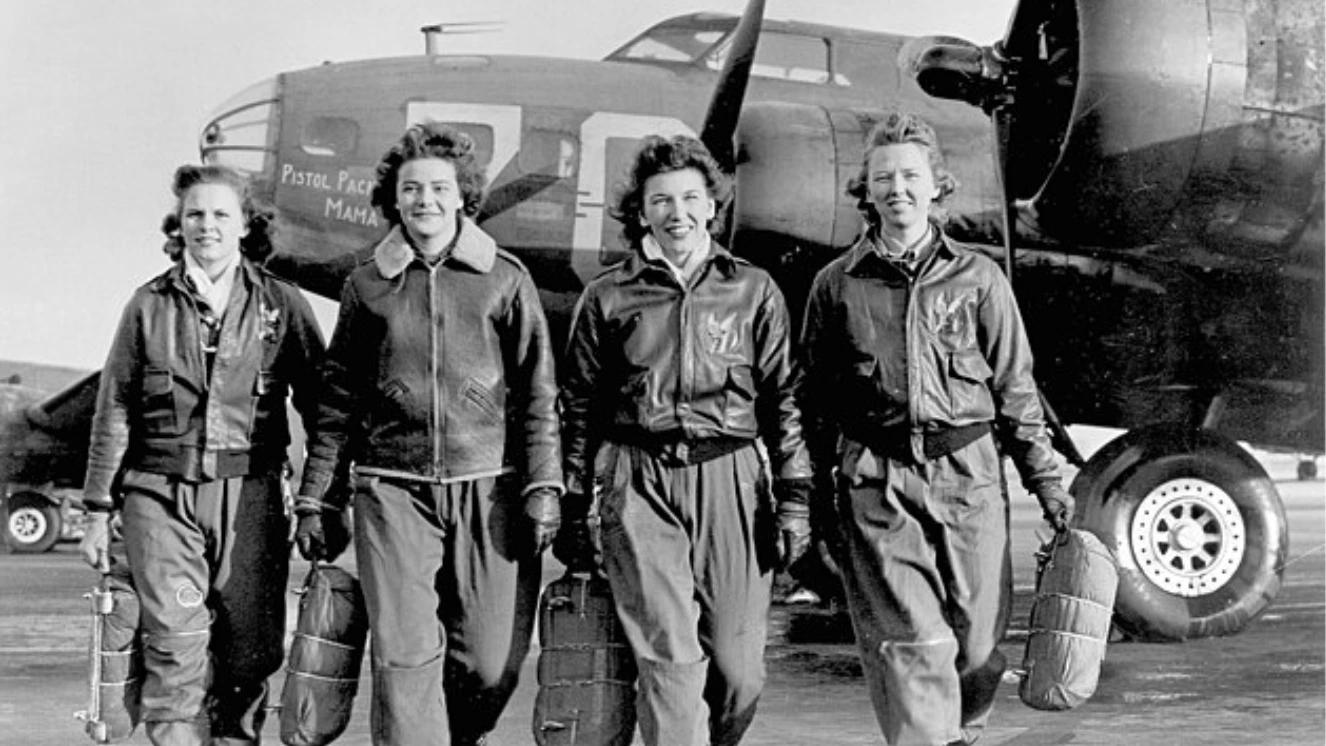THESE VA MEDICAL BREAKTHROUGHS CHANGED HEALTHCARE FOR ALL, NOT JUST VETERANS

Throughout the history of the U.S. Department of Veterans Affairs (VA), ensuring our nation’s heroes have access to healthcare. In fact, the history of this mission predates the VA, as the organization that would become this department, the National Asylum for Disabled Volunteer Soldiers, was founded for this exact reason. However, what does go overlooked at times is the fact that medical breakthroughs at VA hospitals, facilities, and research centers don’t just change healthcare for Veterans. Civilians also benefit from these advancements.
Major Medical Advances From the VA That Have Helped Vets and Civilians
The VA is known to provide Veterans with a variety of healthcare services, but what continues to be missed are the medical advances that also help civilian communities.
Dealing with the horrors of war does lead to injury risks most of us thankfully won’t have to deal with; however, there are still healthcare issues Veterans face that everyone can relate to.
Furthermore, there’s always overlap and while the VA may develop something for Veteran care, its application also may work for civilian healthcare.
From fighting addictions to helping with mental health to improving surgeries and much more, here are several ways the VA has helped revolutionize healthcare for everyone:
Cardiac Pacemakers
With as many as 3 million people in the U.S. living with pacemakers, it’s clear to say that their impact has been huge.
Particularly for the elderly, when hearts are beating abnormally, pacemakers are literally a lifesaving device.
Using electric pulses, the implantable device keeps hearts that need a little help from not beating fast enough.
Although the idea has been around since the late 19th century, it was the Buffalo VA in 1960 that was first successful in figuring out how to implant the device.
The 77-year-old man who received the procedure went on to live for another 10 years, and the VA’s design is what was used on a commercial level for the first pacemaker to hit the market.
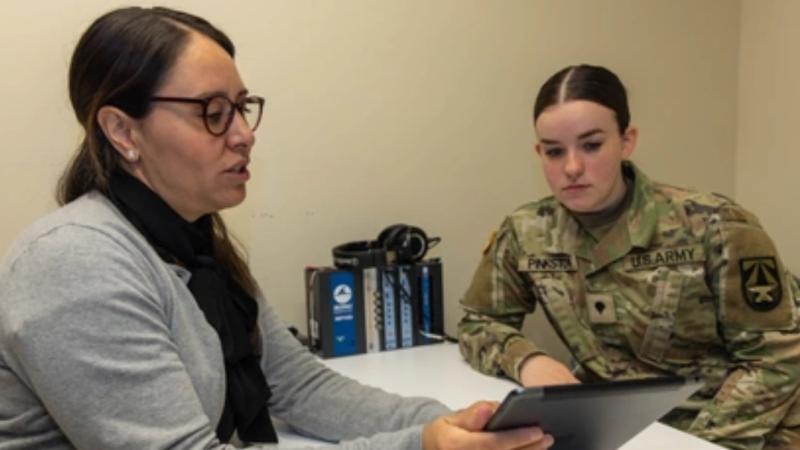
Treatment for PTSD
You’ll find plenty of medical breakthroughs from the VA for physical health, but mental health is also a big part of what the department does.
This is because the risk of post-traumatic stress disorder (PTSD) is real for anyone, but in the Veteran community, these risks are compounded.
It shouldn’t be a surprise that Veterans who are sent off into high-pressure, dangerous situations, including literal war, may struggle at times with the mental side of things.
The VA took a little while after the American Psychiatric Association (APA) identified PTSD as a specific mental health ailment in 1980, but in 1989, the VA created the National Center for PTSD to improve care for Vets.
Since then, the VA has played a critical role in delivering PTSD treatment options as well as advocating for change to get rid of the stigmas that go along with mental health issues.
Eye Movement Desensitization and Reprocessing (EMDR), Cognitive Processing Therapy, and Prolonged Exposure (PE) therapy continue to set the standard for PTSD treatments—all of which have ties to the VA.
Nuclear Imaging
Collaboration and teamwork are part of the ethos within the U.S. military, so it should be no surprise that the VA relies on these tools for medical discoveries.
One case occurred when the VA teamed up with a professor at UCLA, who was an expert in scanning brains with X-rays.
Dr. William H. Oldendorf was working at the university as a professor of neurology and psychiatry, and his paper on using X-rays on brains for cross-sectional scanning caught the eye of the medical field.
So much so that he would receive the first patent for a scanner due to his research, even though he wasn’t interested.
While working with the West Los Angeles VA Medical Center, Dr. Oldendorf was able to help pioneer various forms of nuclear imaging, including CT scans and MRIs.
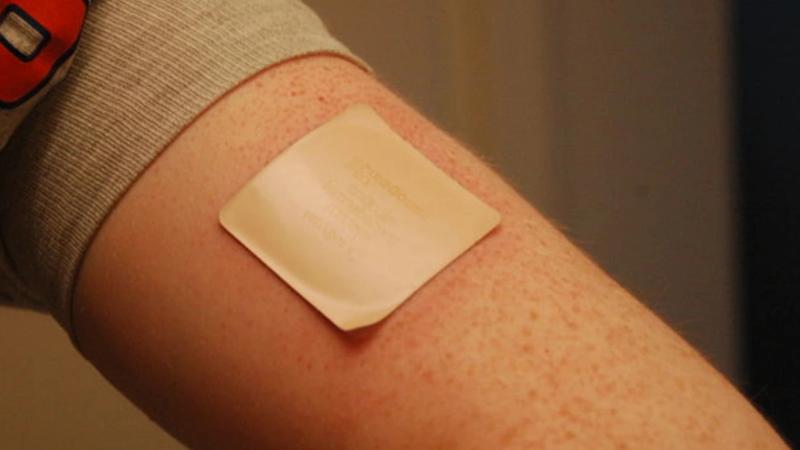
Nicotine Patches
It doesn’t matter the era; tobacco and military service may not be recommended, but they’re undeniably connected.
Smoking can be a tough habit to kick, and the VA has been a strong advocate for helping warfighters overcome their use.
This includes creating the transdermal nicotine patch in 1984, where the researchers tried them out on their own bodies to ensure they worked safely.
Radioimmunoassay
Dr. Rosalyn Sussman Yalow, a physicist and researcher at the Bronx VA Medical Center, made history in 1977 when she won the Nobel Prize in Medicine.
She and fellow VA scientist Dr. Solomon "Sol" Berson developed radioimmunoassay, a groundbreaking method that uses radiolabeled molecules to measure tiny substances in the blood.
While their original goal was to study diabetes, their work revealed that Type 2 diabetics actually had more insulin, not less, challenging medical beliefs at the time.
Their technique also led to multiple advancements in healthcare from the VA after finding it helped diagnose hyperthyroidism and Hepatitis B. Sadly, Dr. Berson passed away before they could receive the Nobel Prize together.
Liver Transplants
These days, the United States is capable of performing 9,000 to 10,000+ liver transplants in a year, but it wasn’t always this way.
Dr. Thomas E. Starzl, aka the Father of Transplantation, is the man responsible for the first liver transplant back in 1963.
While the operation had been attempted before, Dr. Starzi was the first to do it successfully where the patient would survive the operation.
A transplant surgeon and research scientist at the VA, Dr. Starzi also was the first known to consistently perform kidney transplants where patients would enjoy a long-term survival, thanks to the use of post-operative immunosuppressants and steroids.
Throughout his career, Dr. Starzi would continue to work on anti-rejection medications so that people who received transplants would have a better chance of surviving after the operation.
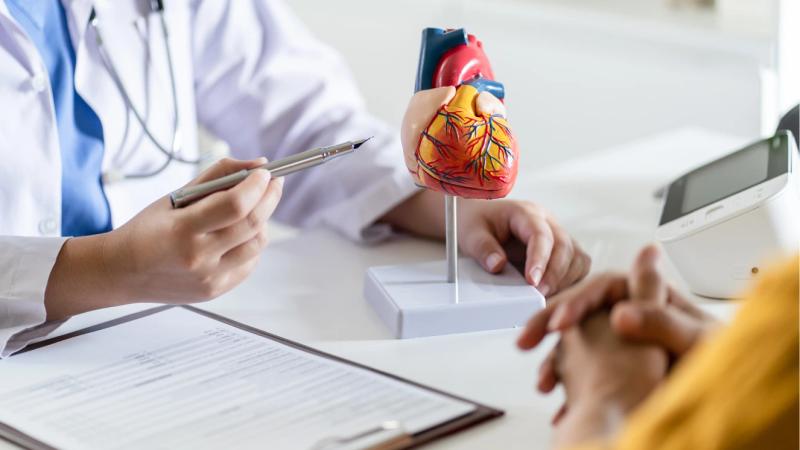
Coronary Bypass Surgery
When the VA was formally founded, one of the men responsible for doing so was Dr. Michael DeBakey.
Today, he’s honored by the Houston VA Medical Center, which bears his name.
However, the WWII Veteran wasn’t just one of the people who helped get things started, he was a pioneer.
Dr. DeBakey was the first cardiovascular surgeon to repair blood vessels using Dacron grafts to repair blood vessels, helped develop angioplasty, and even assisted in the creation of artificial hearts.
Furthermore, while the U.S. alone is responsible for almost 400,000 coronary bypasses, the most common adult heart surgery procedure out there, one of the first was performed by the VA’s co-founder himself.
Federal Cuts Threaten Healthcare Breakthroughs
The VA has proven time and time again that its dedication to helping Veterans and researching capacities don’t just help our nation’s warfighters—it’s a benefit for all of us.
The federal government cuts to the VA could cut over 83,000 jobs in 2025 alone, and these cuts threaten not only immediate healthcare needs for Veterans but also the potential for better science in the future.
In the long run, VA medical breakthroughs aren’t just for the Veterans who have rightfully earned these healthcare benefits but help the United States and the world move forward through innovation.
Suggested reads:
